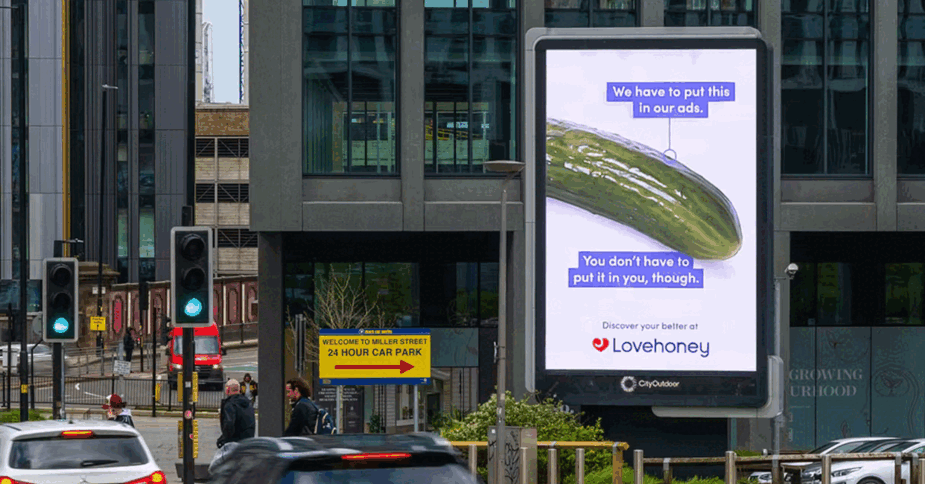Measuring the Effectiveness of Mobile Advertising
- Wednesday, February 24th, 2016
- Share this article:

At last, says GfK managing director Arno Hummerston, its possible to measuring the ROI from mobile advertising.
The ability to evaluate mobile ad effectiveness has long (in relative, digital terms) been an issue for those spending the money on it. The view has been that it is too difficult and too costly to do properly. Not anymore. There is a new show in town.
Up to now marketers who have leveraged the mobile channel have done so relying on delivery and execution metrics such as CTR, CPC and conversions (however they are defined) to evaluate the impact of their dollar spend. But the challenge for them now is that the increased emersion of brands in a digital world means the understanding of the impact on awareness, image, reputation, emotional connection and resonance is needed more than ever. Behavioral KPIs are not enough now – robust branding metrics are essential.
This has been a challenge in past. As I am sure you are told pretty regularly, we own more and more connected devices. In a recent Financial Times article they proclaimed mobile as the future. Safe to say it isn’t. It is the now and a reality many have not caught up to yet. This means there are more places to serve ads and more gadgets for advertisers to track delivery on. For proper evaluation we also need to take the delivery and impact of ads across all these devices – and to do this we need to measure whether exposure actually occurred or not. Unfortunately the usual way of doing this online, using cookies, does not recognize an individual across these devices. So one person, with three devices, can be represented as three people. That one person is then also only attributed one set of ad exposure on one device, instead of the total for all three. The more devices you add, the more the issue is amplified.
In order for us to be able to attribute exposures correctly therefore we need to be able to reconcile different cookies across the devices an individual uses. Adding to the multi-device headache is the fact that mobile devices and tablets have given the world a (now not very)new phenomenon: the app. Ads on a single mobile or tablet are delivered in both browsers and in apps, which are completely different environments (almost like different devices). The core of the issue is that apps don’t allow cookies so they cannot be used to identify a single user across the two environments. One handset can look like two people. It can deliver the same ad in two places (a mobile web page and an app, on the same device) and even the ad server will not know. For a research agency to be able to know is a step still further.
At GfK we now have a solution that addresses these challenges utilizing a panel based approach that allows the unification of web and in-app exposure and the appreciation of multi-device usage. On top of that GfK has also partnered with Facebook to be able to include their unique ad environment into the mix.
Solving the challenges mentioned above and the implementation of mobile into the evaluation mix completes the cross media picture for marketers. OK, so it was difficult to do but why is it so important to marketers?
Firstly, now we can evaluate advertising delivered on mobile devices, cross device and cross environment (web and app). So we can now provide KPIs and advice to optimize the US$100bn predicted to be spent on mobile ads in 2016. However, it gets better than that.
The addition of mobile and the completed picture now also means we can provide much better evaluation and advice. Not just for mobile. Not just for digital. But for all media included in the evaluation. As the Infographic shows at the end of this post we end up with better quality data that improve the insights we can deliver – which is a truly GfK thing to shout about.
Let’s be clear, there are still elements of the digital ad ecosystem that are a challenge, but what we do have now is going to make a huge difference to the understanding, optimization and ROI attribution of digital (and arguably, cross media) campaigns. Branding impact can now be used confidently alongside the conversion metrics. So even if your ads don’t deliver clicks, likes, sign-ups and sales, you can understand the all important branding effects. As it has been proved that even search results have a branding impact, you are truly missing out if you don’t appreciate the power of the paid ad.
I am really excited about this new innovation! Finally, we have the solution to the challenge and I can change my conference presentations from saying “I’m sure we will get there” to “We got there and we survived the experience”. So far.
Arno Hummerston is managing director of GfK
















